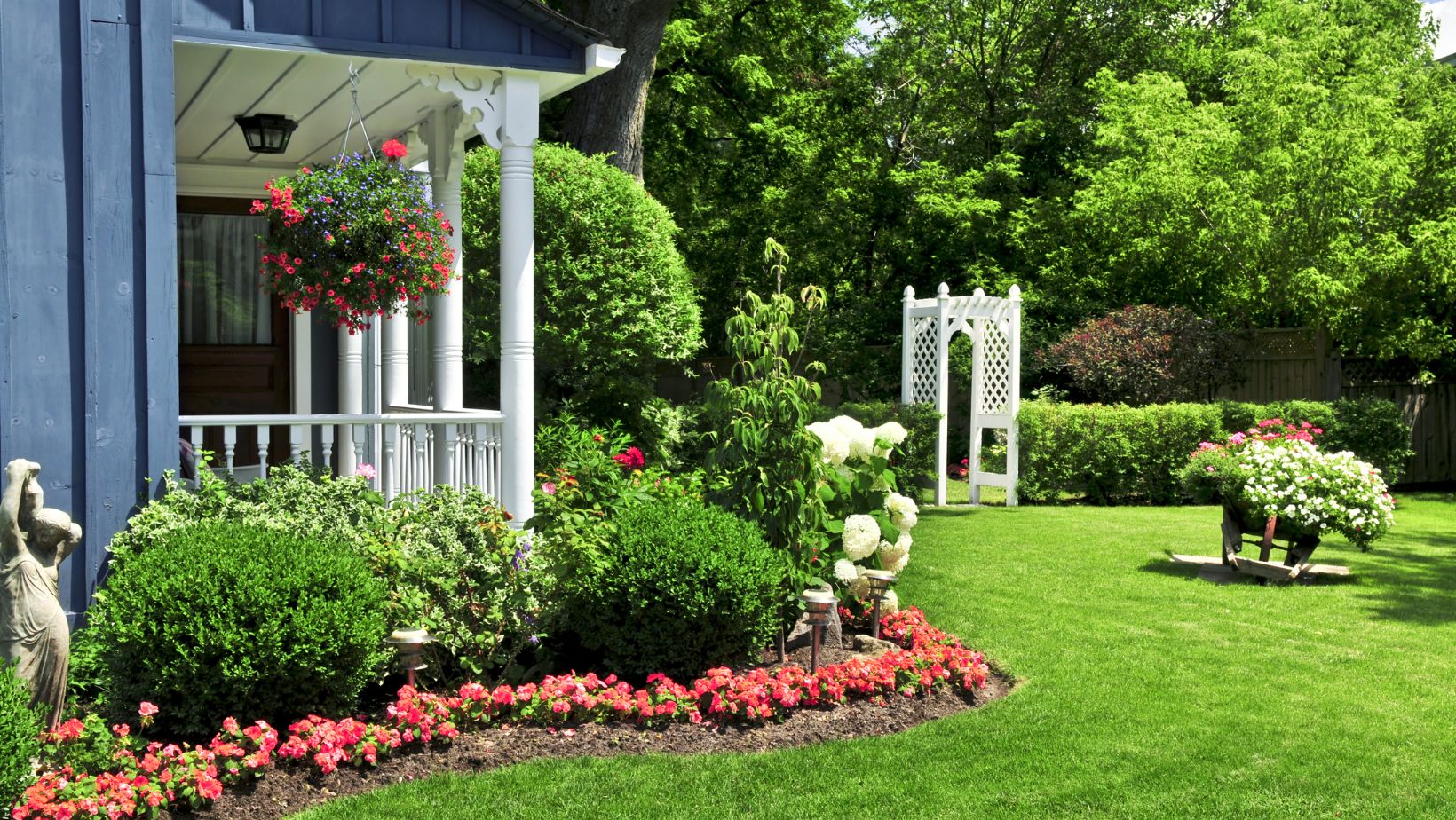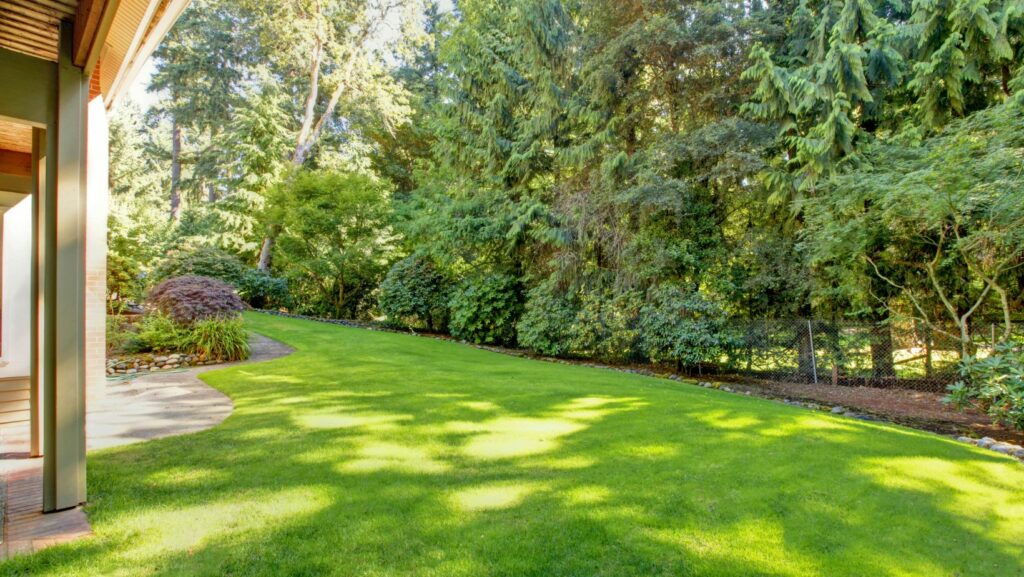A bit of wild charm in the backyard can be beautiful — but when your yard starts to look more like a jungle than a garden, it’s time to act. Overgrown yards aren’t just a visual problem; they can attract pests, damage structures, cause drainage issues, and even decrease your property value.
Still, clearing overgrowth isn’t just about grabbing a machete and getting to work. Without the right approach, you might do more harm than good — to your plants, your soil, or even your local environment. Some areas may even require careful vegetation removal to avoid long-term consequences like erosion or native plant disruption.
Before you start hacking away at that unruly hedge or vine-covered fence, here’s what you need to know to tackle yard overgrowth the smart way.
Overgrowth Isn’t Just a Cosmetic Problem
When plants are left to grow unchecked, the issues go well beyond appearances. Thick vegetation can:
- Block light and airflow, leading to mould and mildew on nearby structures
- Harbour rodents, snakes, and other pests
- Crowd out native plants and beneficial wildlife
- Trap moisture in the soil, creating the perfect breeding ground for disease
- Interrupt water flow, causing garden flooding or structural damage
And if you live in a bushfire-prone area, overgrowth can significantly increase fire risk — especially if dry leaves and twigs are collecting near the house.
Understand What You’re Dealing With First
Before you pull out tools or book a green waste skip, take time to assess what’s actually growing in your yard. Not all overgrowth is bad. In fact, you may be surprised to discover:
- Native plants that help support local pollinators
- Shade trees offering natural cooling for your home
- Groundcovers helping prevent erosion
Start by walking the yard and making note of:
- Which plants you’d like to keep
- Invasive species that are taking over
- Any signs of animal habitats or nests
- Whether overgrown areas are affecting fences, pipes, or drainage
Knowing what to preserve — and what needs to go — will save you time and help protect your landscape.
Safety Comes First
Yard clearing can quickly turn into a serious job, especially if you’re dealing with thorny plants, dense vines, or trees with unstable branches. Before you start:
- Wear gloves, long sleeves, and eye protection
- Check the area for hidden hazards like bee nests or sharp debris
- Watch for uneven ground or tripping hazards hidden beneath foliage
- If using power tools, ensure they’re in good condition and suitable for the job

For jobs involving tree removal, climbing, or anything near power lines, it’s best to call a professional.
Take a Slow and Layered Approach
One of the most common mistakes homeowners make is clearing too much, too fast. Rapid removal can leave soil bare and vulnerable to erosion — especially on sloped blocks. It can also stress nearby plants or displace animals that may have made their home in the growth.
Instead:
- Clear in small sections, starting with the outer edges
- Use hand tools where possible to maintain control
- Leave roots in place if you’re not replanting right away
- Add mulch to bare patches to protect the soil until you’re ready to replant
This gives you better control over the outcome — and allows you to adjust your plan as the work progresses.
Plan What Comes Next
Once you’ve opened up space, it’s tempting to leave it bare. But that only invites weeds to return stronger than ever. Instead, take the opportunity to create a space that’s easier to maintain and better for the environment.
You could:
- Replant with low-maintenance natives that require minimal watering
- Build garden beds with proper edging to keep things neat
- Install a rain garden or swale to handle drainage in newly opened areas
- Use gravel, groundcover, or mulch to reduce weeds and erosion
The key is to plan your landscaping with longevity and sustainability in mind.
When to Call in the Pros
Some overgrown yards are simply too much for a weekend DIY session — and that’s okay. You might need help if:
- The overgrowth includes trees that need pruning or removal
- You suspect invasive species that require specialist treatment
- Drainage or slope issues complicate vegetation removal
- You’re dealing with a large property or haven’t tackled maintenance in years

Professionals can handle heavy machinery, large loads, and safe disposal — and often, it’s faster and more cost-effective than struggling through it alone.
A Bit of Effort Goes a Long Way
Clearing yard overgrowth might not be the most glamorous job — but the results are worth it. You’ll improve the health of your garden, make your property safer, and create space you can actually enjoy. And with a little planning, you can do it without damaging the landscape or making problems worse.
Start slow, work smart, and think about the long term. That way, you’re not just taming the chaos — you’re building something better in its place.

